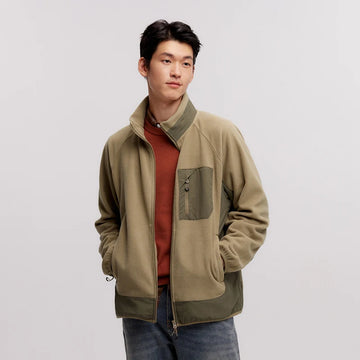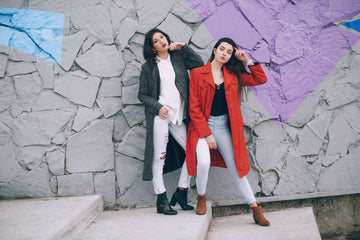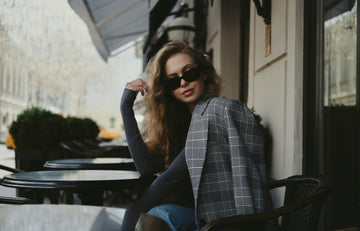A structured wardrobe doesn’t require a large number of garments. Instead, it benefits from thoughtful selection and organization. The process begins by identifying clothing with consistent lines, neutral finishes, and repeatable styling potential. This approach emphasizes visual clarity and daily practicality.
Start with foundational items. Straight-cut trousers, plain long-sleeve shirts, and crewneck tops with uniform hems can be styled repeatedly without looking dated. When selecting shirts or blouses, prioritize features like symmetrical collars, flat cuffs, and straight side seams. These details contribute to clean, adaptable silhouettes that work well in different combinations.
Trousers with a consistent rise and without excessive surface detail offer pairing flexibility. Choose those with straight or slightly tapered legs, allowing the shape to remain constant from outfit to outfit. Skirts, especially knee-length or midi designs with even pleating or plain panels, offer the same utility.
Outer layers contribute additional structure. Blazers, trench coats, or overshirts with flat lapels, streamlined buttons, and clear stitching lines create a visual frame for the rest of the outfit. These pieces can be rotated seasonally and worn over lighter base garments, extending the usability of core items.
Layering is central to the concept of wardrobe versatility. Items like plain sweaters or fine-knit vests with even textures and straight hems add visual and practical depth. These can be worn over or under garments, offering multiple combinations without altering the appearance significantly.
Footwear should follow a similar principle. Stick with simple shapes such as round-toe flats, lace-up shoes with minimal eyelets, or low-profile sneakers. Choose items with a consistent surface and without ornate design elements. Their neutral structure ensures repeat use across outfits.
Accessories provide subtle differentiation. Belts with rectangular buckles, plain tote bags with reinforced corners, or scarves with geometric prints contribute to outfit variety while preserving overall cohesion. Avoid overuse of detail or variation; instead, rely on repeating silhouettes and symmetrical alignment.
The result is a wardrobe that functions through form. With careful choices focused on line, proportion, and utility, it’s possible to build a complete set of clothing that can be worn across different settings without relying on excess or trend-based replacements.





